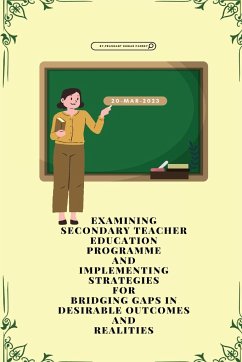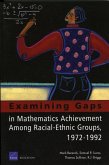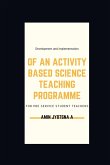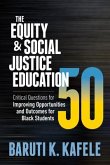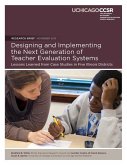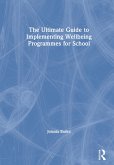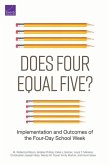Teachers are the greatest assets of any education system. They stand at the interface of the transmission of knowledge, skills and values to students. Only an effective teacher can help in bringing out the best from students. Gone are the days when one found the tendency to treat the art of teaching as that of stuffing pupils with knowledge. During recent years teaching takes a more transparent view of its function. It focuses on how students want to learn and develop their potentialities. It seeks to nurture and direct children's inherent energies in the service of their own development. Now it is expected that teacher has to act as facilitator of students' learning in a manner that helps them to construct knowledge and meaning utilizing their individual experiences. Collins (1990), while working with the Teacher Assessment Project established five criteria for an effective teacher: (a) is committed to students and learning, (b) knows the subject matter, (c) is responsible for managing students, (d) can think systematically about their own practice, and (e) is a member of the learning community. Effective teachers usually are remembered as teachers holding high expectations, pushing and motivating the students to achieve high (Irvine, 2001) and consistently challenging them to do their best (Thompson, Greer, & Greer, 2004).

